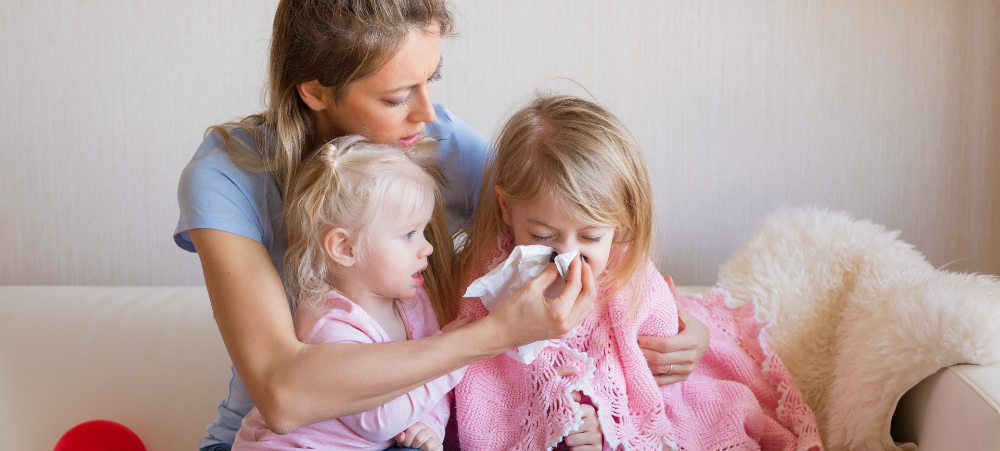The school year is in full swing and children are as busy as ever with all their activities and homework. By following a few lifestyle tips you can keep your child healthy and cut down on their sick days says Bonitas Medical Fund.
Backpack safety
A backpack can have a great influence on your child’s posture. So make sure your child has a backpack with wide, padded shoulder straps and a padded back. Pack light utilising all the compartments, with heavier items closest to the body. Go through the pack on a weekly basis and remove unneeded items. Also remind your child to use both shoulder straps, as one-strap carrying can strain muscles. If your school allows a rolling backpack, keep it light as your child will have to carry it up the stairs.
Eating before and during the school day
Studies have shown that children who eat a nutritious breakfast have more energy, concentrate better and do better in school. A healthy sandwich and snack, or fruit, for break time is perfect to provide them with enough energy to make it through the school day.
An ergonomic study space
A healthy, ergonomic study space can help students study more effectively and be more productive. Make sure the desk is not too high and pick a chair with a cushion as your child will spend quite a bit of time on the chair. Arm rests are also a good idea and the back of the chair shouldn’t be too far back, to prevent slouching. Proper lighting will make all tasks easier and prevent eye strain.
Sleep
A good sleep routine cannot be emphasised enough. Poor sleeping habits can lead to lower grades, irritable kids and can even contribute to illnesses. So be sure to set a bedtime for your kids, no matter what age they are. Each age group has a recommended number of hours they need to sleep.
Sleep requirements for children:
- Between the ages of 3 and 5, they should get 10-13 hours of sleep
- Between the ages of 6 and 13, aim for 9-11 hours
- 10-19 year-olds need between 8.5 and 9.5 hours of sleep.
Hygiene
On weekends and in the evenings you’re always close by to remind your kids to wash their hands before meals and after going to the bathroom. At school it’s a different story as they have to remember for themselves. If you teach them good hygiene habits and the importance of washing their hands, it will help minimise the spreading of infections at school.
Stay active
Let your child participate in sports at school. Studies have shown that when kids play multiple sports they get to develop different parts of their bodies and minds, building total body strength. As a bonus, it’ll also teach them about teamwork and goal setting. But remember, it should always be about having fun.
For 2025 we have a renewed Female Health Programme:In collaboration with CareWorks, it’s accessible to all female members aged 18 and above, with an emphasis on preventative care and early detection of female-specific health issues. In addition, we have an enhanced Maternity Programme to support expecting mothers. This includes early identification of and weekly engagement for high-risk pregnancies, post-childbirth care and associated mental health follow-up calls for new mums, given the prevalence of pre and postnatal depression. Also, milestone reminders for children under 3 and cover for antenatal vitamins through savings, day-to-day benefits or the Benefit Booster
Bonitas Medical Fund
0860 002 108
View Website: www.bonitas.co.za
- Premature birth – what to expect - November 21, 2025
- Why should I breastfeed my baby, and what if this is not an option? - November 14, 2025
- Why medical aids must go beyond medicine in managing diabetes - November 13, 2025





